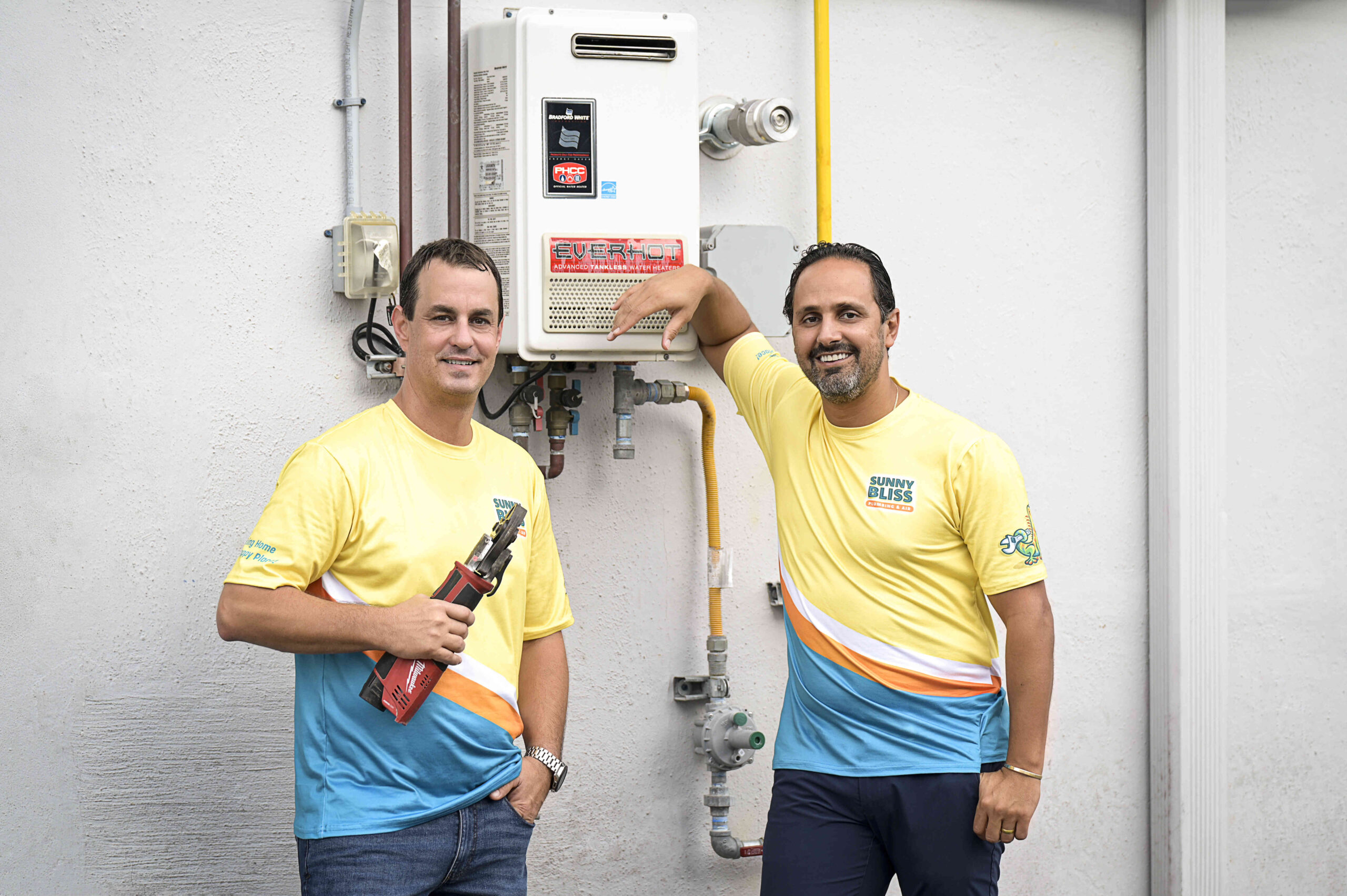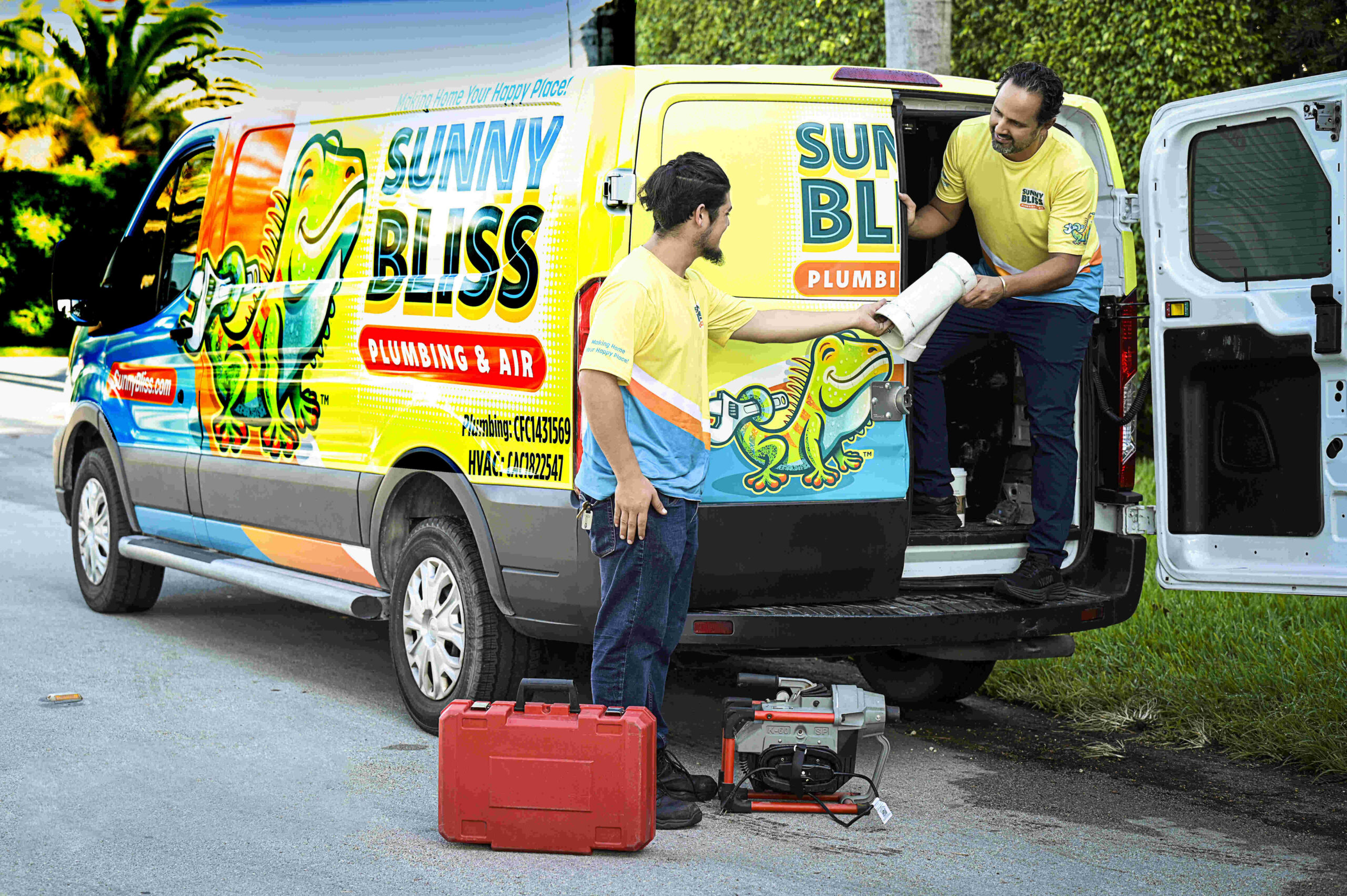When we discuss clogged sewer issues, we’re diving into a common yet frustrating problem that many homeowners face. A clogged sewer line can quickly escalate from a minor annoyance to a full-blown disaster, affecting our daily routines and even compromising our home’s hygiene. The moment we start noticing slow drains or unpleasant odors wafting up from our sinks or toilets, it’s a clear signal that something’s amiss down below. We’ve all experienced that sinking feeling when a simple flush turns into a bubbling mess, and that’s when we realize it’s time to address the situation head-on.
It’s essential to recognize that clogged sewer lines can stem from various sources. Sometimes, it’s just the buildup of grease, hair, or soap scum over time. Other times, tree roots might have invaded the sewer pipes, causing blockages that seem impossible to clear. We often think of our plumbing as a straightforward system, but it’s a complex network that requires our attention. If left unchecked, these clogs can lead to sewage backups, which can be not only messy but also hazardous to our health. We’ve seen firsthand how quickly a minor issue can turn into a major repair job if we don’t act swiftly.
When we’re faced with a clogged sewer line, we need to evaluate our options for repair. The method we choose can greatly impact our home’s plumbing longevity, so it’s crucial to weigh the benefits of professional assistance versus DIY fixes. While we might feel tempted to grab a plunger or pour harsh chemicals down the drain, it’s often best to enlist the expertise of a trained professional. They can diagnose the exact cause of the clog and implement effective, long-lasting solutions, ensuring that we don’t just put a Band-Aid on the problem. Plus, with special financing available, managing the costs of necessary repairs can be less of a headache, allowing us to restore our plumbing system without breaking the bank.







